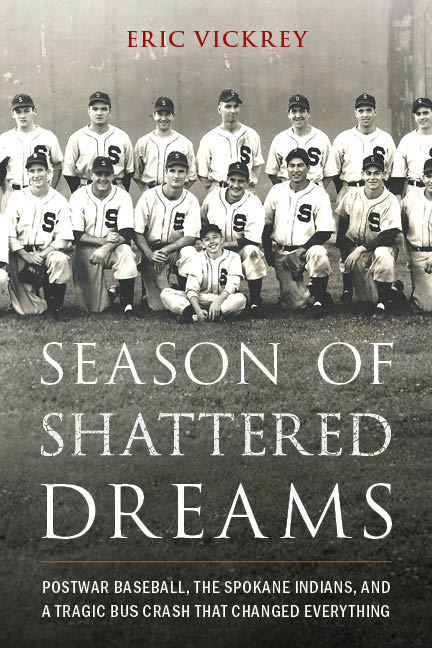
Kenny Myers and the Unlikeliest Feat in Baseball History
As a 13 year old watching from my childhood bedroom, the game remains etched in my mind. It was September 7, 1993. That night, St. Louis Cardinals outfielder Mark Whiten launched four home runs against the Cincinnati Reds at Riverfront Stadium. Only 18 players in major league history have hit four homers in a game. It’s up there with the unassisted triple play (15) and perfect game (24) as one of the game’s rarest achievements.
But an even rarer event happened six years later—on April 23, 1999, to be exact—between the Redbirds and Los Angeles Dodgers at Dodger Stadium. This time, I tuned in from my college dorm room. Fernando Tatis became the first player in major league history to hit two grand slams in the same inning. “What would it be comparable to? I don’t know how you could compare it to anything,” said Vin Scully after the game. “One inning is so preposterous.”

Hitting four homers in a game? Not impossible but extremely rare. Two grand slams in the same inning? Preposterous. Accomplishing both in the same game? GTFOOH. But it absolutely happened. The guy who did it was named Kenny Myers.
“An Authentic Baseball Genius”
In the 1950s and 60s, Myers was a renowned scout and innovative hitting instructor for the Dodgers. He most notably recruited and signed Willie Davis, then taught him how to switch hit so he could better utilize his blazing speed. Davis produced 60.8 WAR, made two All-Star games, and accumulated 2,561 hits over the course of his 18-year major league career.

As a hitting instructor, Myers was described by legendary high school coach John Herbold as “an authentic baseball genius.” Myers was an early proponent of soft toss and invented several devices to help hitters. One contraption was as a bat with a net designed to help batters know they’re on the correct hitting plane. Myers also taught hitting using a crooked bat, an ingenious method of teaching his pupils to roll their wrists. “He was sensational,” wrote John Roseboro in his autobiography. “He had revolutionary ideas about batting.” But for all he accomplished as a scout and coach, Myers’ most remarkable achievement came as a minor-league player.

Making History
Myers first made history the day he signed a pro contract. At only 15, he was the youngest player ever to sign a major league contract. He inked a $150 signing bonus with the St. Louis Cardinals in 1936 and debuted in Class-D ball a year later. Myers climbed the minor league ranks over the next several seasons and got as high as Class B before World War II. The lefty-hitting, righty-throwing first baseman/catcher missed nearly four seasons serving in the Army during the war.
In 1947, Myers played his first full season of pro ball in five years as a member of the Class-C Las Vegas Wranglers, a Boston Braves affiliate in the Sunset League. It was the first year or professional baseball in Sin City. On May 2, the Wranglers hosted the Ontario (California) Orioles at their home ballpark, which had opened just a week earlier near Las Vegas Boulevard and Bonanza Road. In the third inning, Las Vegas scored 16 runs and clubbed an astonishing three grams slams—two by Myers and another by pitcher Ned Klingensmith. But Myers wasn’t done. He added solo homers in the sixth and seventh. Four homers in one game and two grand slams in the same inning! The Wranglers crushed the O’s that day, 30-5.

Curiously, Myers hit 33 of his 47 career home runs in 1947. It is unclear what the dimensions were in the Wranglers’ home park, but the fact that they hit 271 round-trippers and averaged nine runs a game suggests it was a hitter-friendly park, to say the least. Still, a newspaper account of the May 2 game indicated that all four of Myers’ blasts traveled further than 340 feet. In 1948, the Wranglers moved into the newly-constructed Cashmen Field (not to be confused with the newer ballpark of the same name built in 1983) and the team’s home run total fell to 53.
Myers, a native Angeleno, was a player-manager for his last four seasons in the minors and began scouting for the Dodgers in the 1950s. He was a member of team’s scouting department in 1968 when the Dodgers pulled off the greatest draft major league history, selecting 11 future big leaguers who combined for 235.6 Wins Above Replacement. In late ’68, Myers left the Dodgers to join the Angels’ scouting department. Sadly, he passed away just a few years later of colon cancer at the age of 51. Sixteen years after he died, Kirk Gibson made the improbable possible. One could say Kenny Myers did the same.


